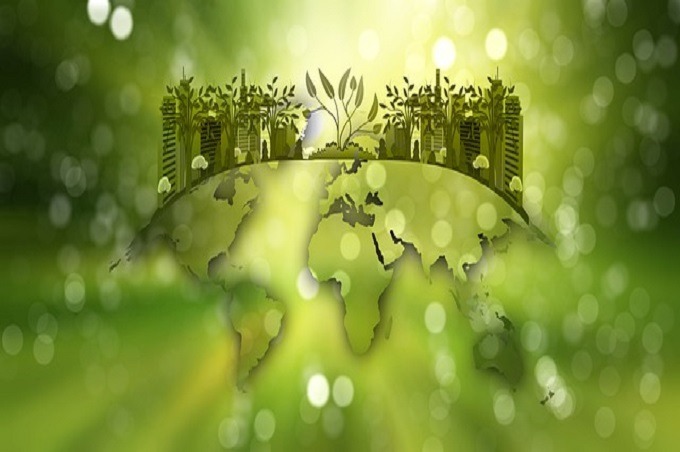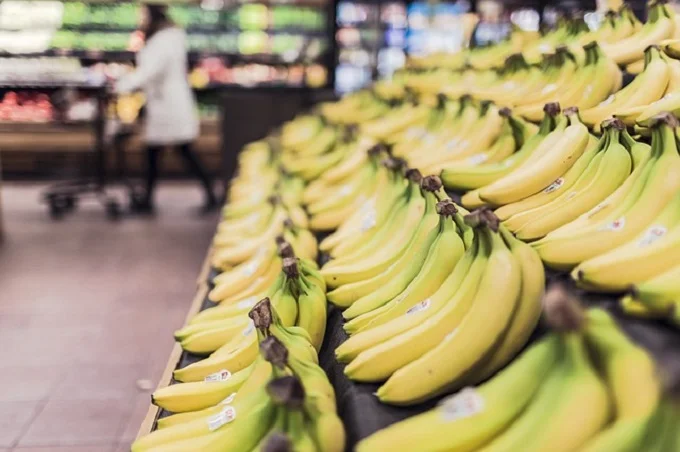8 natural resources that may soon run out

When we talk about resources, we imagine oil, gas, coal, etc. However, resources are not only minerals, wood, and freshwater, but also most of the things used to produce the one whose composition includes these components. Moreover, living beings can also be resources. For example, the able-bodied population is also a resource.
Alas, but in the conditions of the current overproduction caused by the desire of capitalists to get more profit by any means, many resources are on the verge of exhaustion. Because of this, familiar things may become a deficit in the future.
1. Bananas

Bananas are fruits that are both a ready-to-eat product and a resource. Many other dishes are made from this fruit because its disappearance will lead to a revision of many areas of nutrition. In addition, in some countries like Ecuador, the banana is the most important crop, and its disappearance can lead to hunger.
The largest supplier of bananas in Latin America, which accounts for about 70% of world production. Previously, the Gros-Michel variety was grown there, but it was destroyed by the fungus Fusarium oxysporum f.sp. cubense. Approximately the same situation now awaits the Cavendish variety — the most popular today. It’s also about the fungus, which any modern fungicides cannot destroy. The only way to stop the disease is to destroy all infected plants.
The problem is that the fungus spreads very easily over the terrain by people and animals and in the water. Already, the fungus is mowing down hectares of plantations, and experts sound the alarm.
2. Grapes

Climate change continues, and grapes, as a rather capricious crop, are already responding to this. The forecasts given by experts do not inspire optimism: by 2050, most of the areas where grapes are grown will become unsuitable for this.
To get the latest stories, install our app here
This does not mean that the grapes will completely disappear, but it will take years to create new fields, which will lead to a serious increase in the cost of this resource, from which wine, vinegar, oil and other products are made.
3. Bees

Bees are one of the oldest and most useful creatures on our planet. It’s not so much the creation of honey as the pollination of flowers because most of the credit for this process lies with these little creatures.
Bees are dying en masse due to climate change, infections, parasites, electromagnetic radiation, pesticides, and constant stress. Bees are also affected by the recently identified Israeli acute paralysis virus, which changes the behaviour of bees so that they fly away from their hive and try to settle in someone else’s.
If there are significantly fewer bees or they die out altogether, humanity will have to face hunger because bees pollinate more than a third of plants in the world, and without them, they will not be able to reproduce.
4. Technetium-99m
It is unlikely that you have heard of such a resource because it is a very specialized isotope used in medicine for the medical diagnosis and treatment of cancer during radiotherapy. Tens of thousands of people receive technetium-99m drugs every day, and it is an invaluable resource for the production of vital drugs.
This isotope is obtained by beta decay of molybdenum-99, which, in turn, is isolated from the fission products of uranium-235. The same is obtained at nuclear reactors and not at all. Since the isotope has a half-life of only 6 hours, it is obtained directly in hospitals using technetium isomer generators, isolating it from molybdenum-99.
Because of eco-activists and other opponents of nuclear energy, the problem is that nuclear power plants in Europe, Canada, and other countries have begun to close. Since they accounted for almost all of the world’s production, the amount of technetium-99m produced has decreased so much that it leads to the need to return to older and less effective treatment methods.
5. Antibiotics

Antibiotics are one of the most important vital resources that may soon disappear. And it’s not that their production is declining, but a drop in inefficiency. We have repeatedly talked about the dangers of the uncontrolled use of these drugs. We will not get tired of repeating that everyone who takes antibiotics unnecessarily and does not finish the course of treatment is bringing the apocalypse closer. And these are not loud, unfounded statements but what doctors have been talking about for a long time because there are already bacteria that have developed resistance to almost all antibiotics.
As if this was not enough, the economic factor also intervened in this problem. Pharmaceutical companies realized that the development of new antibiotics did not bring many benefits and shifted their efforts to create commercially successful funds.
To get the latest stories, install our app here
All this together can lead to the fact that antibiotics, as one of the most important resources, will become so rare that their cost will be unrealistic for most of the inhabitants of our planet.
6. Sea sand

The problem is that due to human activity and soil erosion caused by this, as well as due to the gradual rise in the level of the world ocean from 70 to 90% of the entire sandy coastline is threatened with extinction.
Tourist countries have to import dozens of tons of new portions of sand to the beaches every year to look like those beautiful photos posted on social networks. Moreover, even countries like the UAE, which almost entirely consists of sand, import sea sand from Australia to update their beaches. So yes, this tourist resource may soon run out, and you can forget about the gentle sand caressing your feet.
7. Cocoa beans

Most of the world’s cocoa bean supplies come from West Africa. Assembling cocoa beans is hard work, which often involves children, and the world community has been trying to influence the current situation for a long time.
But soon, you may lose the pleasure of snacking on a chocolate bar. It’s all about the rising cost of production due to the abolition of enslaved people and child labour and the changing climate. The fact is that cocoa beans can be grown only at latitudes within 10 degrees from the equator. An increase in temperature leads to droughts and, as a result, crop failures. In addition, due to the growing instability in the regions where cocoa beans are grown, their cost may soar due to the cessation of cultivation.
8. Phosphorus
Phosphorus is necessary for the production of fertilizers. This is a relatively rare resource, with large deposits available only in a few countries, and everyone needs it. Moreover, forecasts for this resource worsen every year due to population growth. Back in 2011, when the Earth’s population reached 7 billion, scientists predicted that the available phosphorus reserves would last for about 50-100 years. Considering that today the number of people has exceeded 7.7 billion, this figure has significantly decreased.
What will it lead to? If new large phosphorus deposits are not discovered, or a new type of fertilizer is invented, it threatens global famine and large-scale wars for resources.




